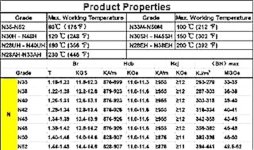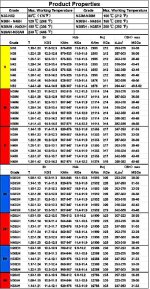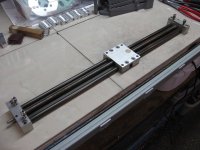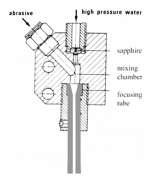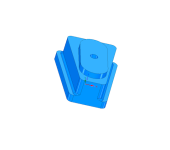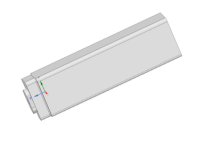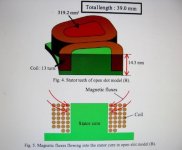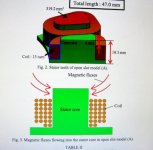APL
100 kW
- Joined
- Aug 6, 2018
- Messages
- 1,113
I found this video of a magnet being water jet cut, and it looks feasible,.. of course some before and after magnetic
test would have to be done.
The video is of two guys horsing around, so if you don't want to wade through it, just go to 4:36 and again at 7:07.
Obviously, some preparation/mounting and positioning would be needed.
https://www.youtube.com/watch?v=lXVmEPU1L1k
Might even be fairly cheap, if all the magnets were lined up so that all of them could be cut in one pass. It would only take
a few passes, with mostly 'set-up' time. For segments anyway.
I know a few people locally with access to one, so when I have time I'll look into it, and see what kind of pricing is involved.
Plus, theres the Big Blue Saw add, here on the ES, in the services category.
A little too late for this project though, as I'm a little over half done. But it's good information to have, for future projects.
test would have to be done.
The video is of two guys horsing around, so if you don't want to wade through it, just go to 4:36 and again at 7:07.
Obviously, some preparation/mounting and positioning would be needed.
https://www.youtube.com/watch?v=lXVmEPU1L1k
Might even be fairly cheap, if all the magnets were lined up so that all of them could be cut in one pass. It would only take
a few passes, with mostly 'set-up' time. For segments anyway.
I know a few people locally with access to one, so when I have time I'll look into it, and see what kind of pricing is involved.
Plus, theres the Big Blue Saw add, here on the ES, in the services category.
A little too late for this project though, as I'm a little over half done. But it's good information to have, for future projects.


